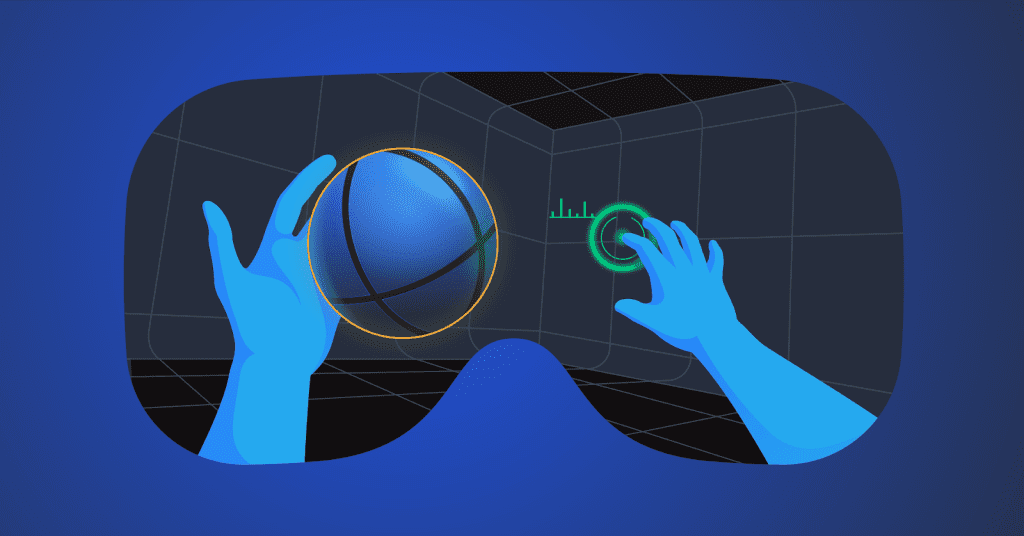Game development requires a focus on mechanics, levels, and user interface. Mechanics dictate gameplay rules and interactions, crucial for creating engaging experiences. Developers must balance and iterate on mechanics for a fun game. Levels are challenges players must complete, requiring engaging design with obstacles, enemies, and rewards. User interface includes menus and buttons, essential for intuitive gameplay. A well-designed UI enhances the overall experience and accessibility of a game. Success in game development comes from careful attention to detail in these areas, ensuring games are enjoyable and keep players coming back for more through testing, iteration, and feedback.
From Pixels to Playability: Designing Games with a Focus on Mechanics, Levels, and UI
Introduction
Game development is a complex process that involves a combination of creative and technical skills. In order to create a successful game, developers need to focus on three key areas: mechanics, levels, and user interface (UI). By carefully designing and implementing these elements, developers can create engaging and enjoyable games that keep players coming back for more.
Mechanics
The mechanics of a game refer to the rules and interactions that govern how the game is played. This includes things like movement, combat, puzzles, and other gameplay elements. Mechanics are crucial to the overall design of a game, as they dictate the player’s experience and determine how fun and engaging the game will be.
Developers must carefully consider the mechanics of their game and ensure that they are well-balanced and intuitive. By testing and iterating on the mechanics, developers can refine and improve the gameplay experience, making the game more enjoyable for players.
Levels
The levels of a game are the environments or challenges that players must complete in order to progress through the game. Level design is a critical aspect of game development, as it directly impacts the player’s experience and can make or break the game.
Developers must create levels that are engaging, challenging, and fun to play. This involves carefully planning out the layout, obstacles, enemies, and other elements of each level to ensure that they provide a balanced and rewarding experience for players.
User Interface (UI)
The user interface (UI) of a game is the visual and interactive elements that allow players to interact with the game. This includes things like menus, HUDs, buttons, and other on-screen elements. A well-designed UI is essential for creating a smooth and intuitive gameplay experience.
Developers must consider the needs and preferences of their players when designing the UI. This involves making sure that the UI is easy to understand, visually appealing, and responsive to player input. By creating a user-friendly UI, developers can enhance the overall experience of their game and make it more accessible to a wider audience.
Conclusion
Creating a successful game requires careful attention to detail in the areas of mechanics, levels, and UI. By focusing on these key elements, developers can create engaging and enjoyable games that keep players coming back for more. Through testing, iteration, and feedback, developers can refine and improve their games, making them more fun and compelling for players of all ages and skill levels.
